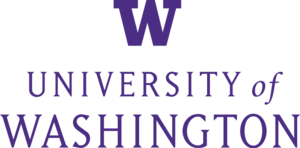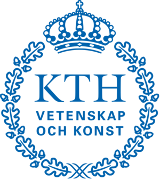Learning Semantic Maps with Topological Spatial Relations Using Graph-Structured Sum-Product Networks
K. Zheng, A. Pronobis, R. Rao
In: IROS 2017 Workshop on Machine Learning Methods for High-Level Cognitive Capabilities in Robotics, 2017.
We introduce Graph-Structured Sum-Product Networks (GraphSPNs), a probabilistic approach to structured prediction for problems where dependencies between latent variables are expressed in terms of arbitrary, dynamic graphs. While many approaches to structured prediction place strict constraints on the interactions between inferred variables, many real-world problems can be only characterized using complex graph structures of varying size, often contaminated with noise when obtained from real data. Here, we focus on one such problem in the domain of robotics. We demonstrate how GraphSPNs can be used to bolster inference about semantic, conceptual place descriptions using noisy topological relations discovered by a robot exploring large-scale office spaces. Through experiments, we show that GraphSPNs consistently outperform the traditional approach based on undirected graphical models, successfully disambiguating information in global semantic maps built from uncertain, noisy local evidence. Further, we exploit the probabilistic nature of the model to infer marginal distributions over semantic descriptions of as yet unexplored places.
@inproceedings{zheng2017iros-mlhlcr,
author = {Zheng, Kaiyu and Pronobis, Andrzej and Rao, Rajesh P. N.},
title = {Learning Semantic Maps with Topological Spatial Relations Using {G}raph-{S}tructured {S}um-{P}roduct {N}etworks},
booktitle = {IROS 2017 Workshop on Machine Learning Methods for High-Level Cognitive Capabilities in Robotics},
year = 2017,
month = sep,
address = {Vancouver, BC, Canada},
url = {http://www.pronobis.pro/publications/zheng2017iros-mlhlcr}
}


